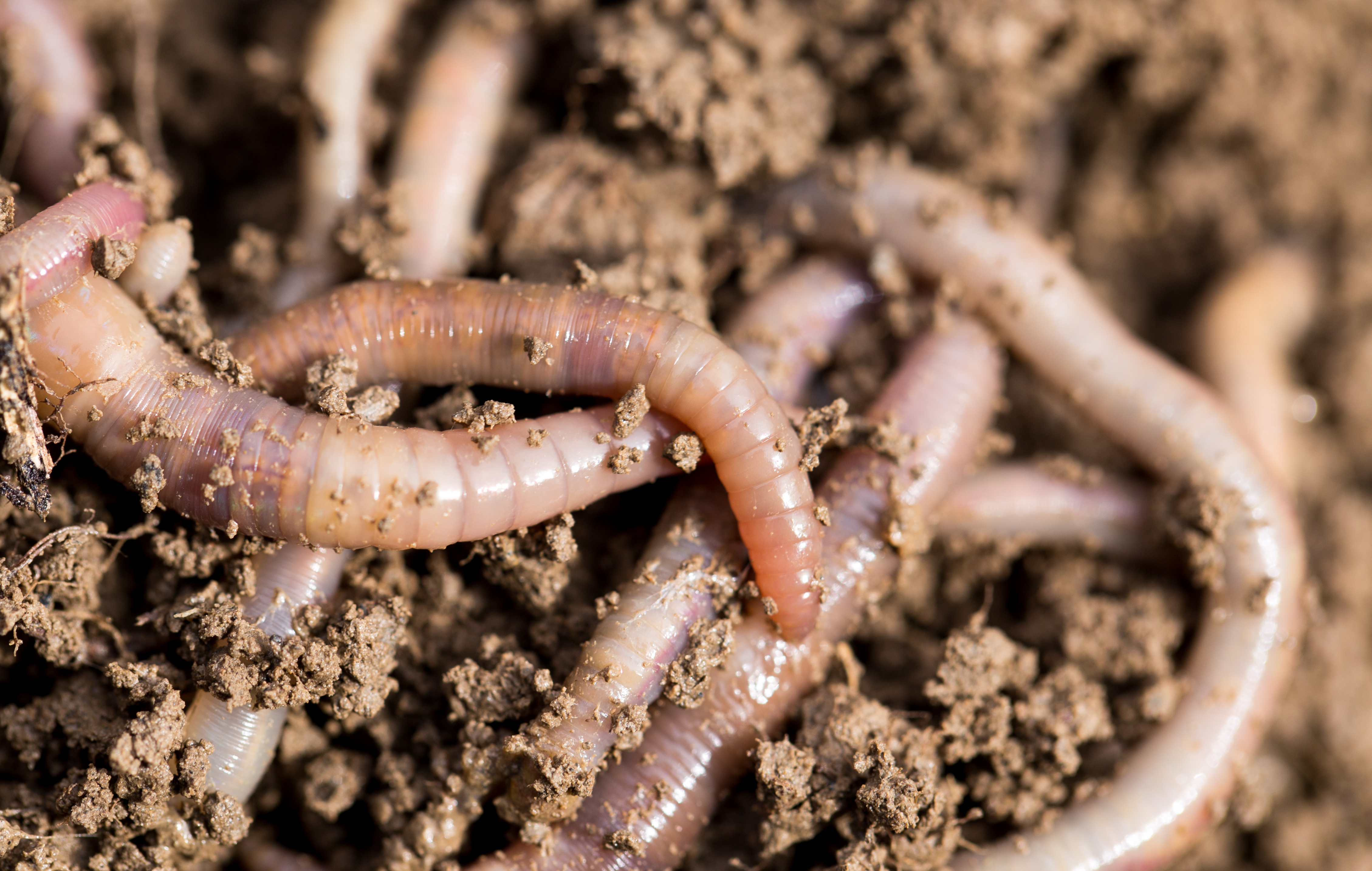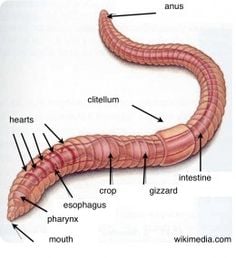Making The Most Of the Benefits of Red Wiggler Worms: A Comprehensive Handbook for Home Gardeners and Urban Farmers
In the world of lasting horticulture practices, red wiggler worms stand as unsung heroes, quietly changing natural waste right into nutrient-rich castings that can work wonders for dirt health. By discovering the details of how to successfully care for and maximize the benefits of red wiggler worms, people can unlock a wealth of chances for enhancing the sustainability and efficiency of their gardening undertakings.
Recognizing Red Wiggler Worms
Red Wiggler worms, renowned for their efficient composting capabilities, are a types of earthworms commonly utilized in vermiculture techniques. These worms, clinically understood as Eisenia fetida, prosper in rotting organic material, making them ideal prospects for composting.
One trick attribute of Red Wiggler worms is their reproductive price. These hermaphroditic animals have both male and women reproductive body organs, permitting them to recreate rapidly under desirable problems. A mature Red Wiggler can create several children in a short duration, making sure a consistent populace within a composting system.

Setting Up a Worm Container
When establishing a worm bin for vermiculture purposes, correct prep work and focus to detail are important for creating a helpful setting for Red Wiggler worms. Begin by picking an appropriate container for your worm container.

Place the worm container in a cool, dark area far from straight sunshine and extreme temperatures. Routinely check the dampness degrees, including water if the bedding feels completely dry or flaky. Feed the worms a balanced diet plan of vegetables and fruit scraps, avoiding citrus fruits, onions, and spicy foods. By adhering to these steps, you can establish a growing worm bin that will efficiently refine natural waste right into nutrient-rich vermicompost for your garden.
Feeding and Maintaining Worms
Ensuring a nutritious and balanced diet is vital for the wellness and performance of Red Wiggler worms in a vermiculture system. Red Wigglers are voracious eaters, capable of consuming their own body weight in raw material daily. To preserve a flourishing worm populace, it is vital to provide them with a selection of food scraps such as vegetables and fruit peels, coffee premises, tea bags, and smashed eggshells. However, it is important to avoid feeding them citrus fruits, onions, garlic, milk products, meat, and oily foods as these can be unsafe to the worms or trigger undesirable odors in the bin.
Proper dampness levels are additionally important for the well-being of Red Wiggler worms. The bedding ought to seem like a damp sponge, providing sufficient moisture for the worms to breathe via their skin. Routinely examine the wetness levels and change by adding water or dry bed linen material as needed. In addition, preserving proper temperature level conditions in between 55-77 ° F(13-25 ° C )will make sure optimum worm task and recreation. By vigilantly checking their diet regimen, dampness, and environmental conditions, home garden enthusiasts and metropolitan farmers can sustain a effective and healthy Red Wiggler worm populace for composting functions.
Gathering Worm Spreadings
To successfully extract nutrient-rich worm spreadings from the vermicompost, a methodical harvesting process is crucial for optimizing the composting benefits. Red Wiggler Worms. The initial step in collecting worm spreadings is to encourage the worms to migrate to one side of the container. This can be achieved by positioning fresh food scraps on one side and leaving the various other side undisturbed for a couple of days. When most of worms have relocated to the side with fresh food, the castings can be collected from the contrary side.
After the spreadings have been collected, it is essential to separate any kind of continuing to be worms from the spreadings to prevent harming them throughout storage or application. One reliable approach is to produce cone-shaped piles of spreadings under brilliant light. Worms will intuitively move away from the light, enabling for very easy separation and removal.
Lastly, the harvested worm spreadings ought to be saved in a trendy, dark, and dry place to keep their high quality and effectiveness as a nutrient-rich soil amendment. By adhering to these steps, home garden enthusiasts and city farmers can maximize the advantages of red wiggler worms in their vermicomposting systems.
Making Use Of Worm Castings in Horticulture
The unification of nutrient-rich worm castings into yard soil can significantly boost plant growth and general soil health. Worm spreadings, additionally known as vermicast, are Get the facts an all-natural fertilizer produced by red wiggler worms as they break down organic issue. These spreadings are abundant in important nutrients like nitrogen, phosphorus, potassium, and advantageous microbes that promote plant growth and improve soil framework.
When utilizing worm spreadings in gardening, it is important to mix them thoroughly right into the soil or use them as a leading dressing around plants. The slow-release nature of worm castings makes sure a consistent supply of nutrients to plants gradually, minimizing the risk of nutrient leaching and promoting lasting soil fertility. Furthermore, worm castings aid boost dirt aeration, water retention, and microbial activity, creating a healthy setting for plant origins to thrive.

Conclusion
In conclusion, the utilization of red wiggler worms in home horticulture and city farming can substantially benefit dirt wellness and plant growth. By recognizing just how to set up and preserve a worm bin, feed the worms effectively, and collect their nutrient-rich spreadings, garden enthusiasts can maximize the benefits of these earthworms.
In the world of lasting horticulture practices, red wiggler worms stand as unsung heroes, silently transforming natural waste into nutrient-rich castings that can work marvels for soil health.When developing a worm bin for vermiculture functions, appropriate prep work and interest to information are essential for producing a conducive environment for Red Wiggler worms. The initial step in collecting worm spreadings is to urge the worms to migrate to one side useful source of the official source bin. Worm castings, also known as vermicast, are a natural fertilizer generated by red wiggler worms as they break down organic issue. By comprehending how to establish up and keep a worm container, feed the worms properly, and collect their nutrient-rich spreadings, gardeners can make best use of the advantages of these earthworms.